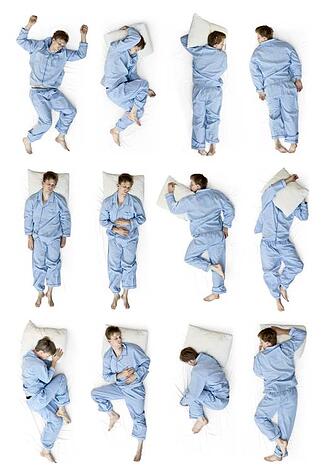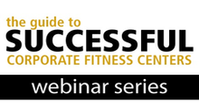 Have you ever woken up and felt like you never slept at all and could hibernate for weeks upon weeks? You know, it’s similar to that back-to-work Monday feeling. The average person spends one third of their life sleeping, so it may be good to consider your bed posture being as important as your daily posture. Your bed, sleeping position, and use of pillows are key to more than one night of good sleep.
Have you ever woken up and felt like you never slept at all and could hibernate for weeks upon weeks? You know, it’s similar to that back-to-work Monday feeling. The average person spends one third of their life sleeping, so it may be good to consider your bed posture being as important as your daily posture. Your bed, sleeping position, and use of pillows are key to more than one night of good sleep.
Starting off with your bed, mattresses come in all sizes, designs, and firmness. They say the more firm the better. A firmer bed will provide your back with more support and has the ability to keep your spine in better alignment. A mattress’s life span is about 8-10 years and can range anywhere from $800 for a queen to about $1000 for a king size bed. Go big or go home I guess, right? The bigger the bed, the more room to switch up your sleeping positions from starfish to the fetal position. Kidding! Find a mattress that fits your budget, but remember that it has a huge role in how well you sleep!
Secondly, the type of pillow you lay your head on at the end of a long day or for a quick power nap can change your bed posture and result in a terrible night of sleep. Depending on your neck depth, you’ll need to find a pillow that fits it. Yes, everyone has a different neck depth. Your sleeping position also affects the type of pillow you need. If you're a back sleeper, you'll need a pillow that fills the space between your neck and bed, but not too high because you don’t want to be able to see your feet. The side sleepers should find a pillow that fills the space between their ear and bed. You may find that this pillow needs to be thicker than the ones for sleeping on your back. For all you stomach sleepers, your pillow should be quite thin and only thick enough to level your head while sleeping. This pillow should only fill the space between your head and mattress. There are several ways to modify your pillow to fit your sleeping position. You can add towels or foam to fill thickness and trim foam or remove padding to make it thinner.
Lastly and more importantly is your sleeping position. The pressure on your back varies to the position you sleep in. The position with the least amount of back pressure is lying on your back and then your side. The worst and most stressful sleeping position is on your stomach. If you sleep on your back or stomach, it is recommended you place a pillow under your knees as well and if you sleep on your side, place a pillow between your knees.
Who knew there were so many tips and tricks to a smooth sailing night of sleep? I know I didn’t! No matter how you choose to sleep, just be sure to keep that spine in alignment. If your body has trouble adjusting and needs some stretching to loosen up, stop by your corporate fitness center and ask a Health Fitness Specialist for recommended stretches!

